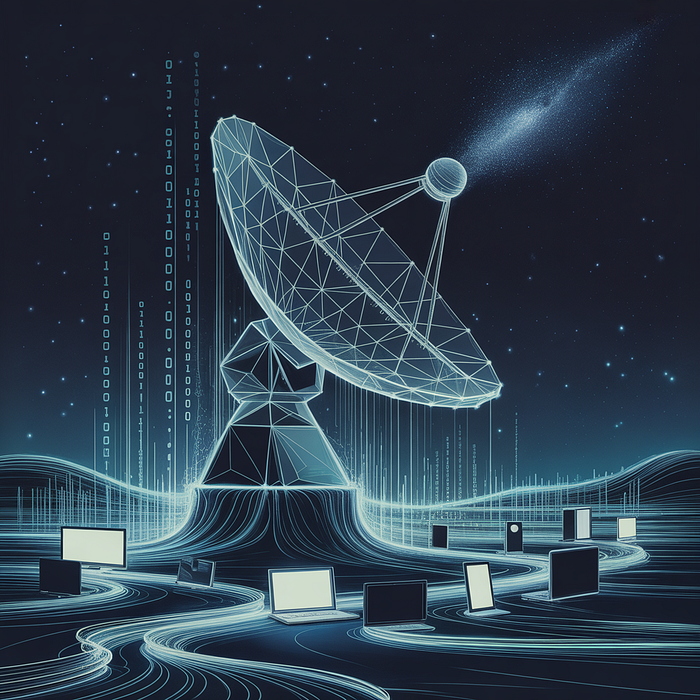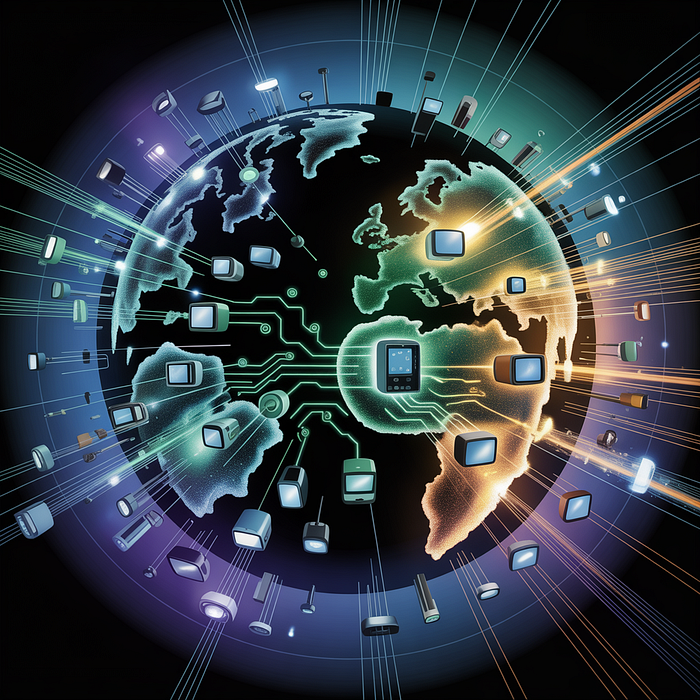The Internet of Things: The Intersection of Blockchain and Artificial Intelligence

Twenty years ago, cell phones could take low resolution pictures and had a limited ability to record a video. Browsing the internet was still only done with computers and e-commerce was in its infancy. Just a few years later, smart phones would be introduced and now everyone effectively carries a computer in their pocket.
These days, there are smart watches, smart TVs, and even smart jewellery. You can have a watch that communicates with your phone and a fridge that knows when to reorder milk. All these devices and their interconnectedness are what makes up the “Internet of Things” (“IoT”).
In simple terms, IoT refers to the billions of devices that are connected and communicating via the internet. This includes, but is not limited to, thermostats, home security systems, fitness trackers, cars, sensors, and even clothing.
This is just the beginning, soon these devices will be able to communicate freely between themselves. Your car could send diagnostics directly to your mechanic or the manufacturer. Your watch could send information about your pulse and blood pressure directly to your doctor. Streetlights could automatically dim themselves when there is no one around. This community of devices can even exist without a centralised entity controlling it; this is where DePIN comes in.
“Decentralised Physical Infrastructure Networks” (“DePIN”) is the next evolution of IoT. This is where devices are not only connected but they are also owned and incentivised by the community. With DePIN, smart devices do not have to be shackled to a corporation’s private infrastructure.
IoT offers some benefits to consumers. It can improve automation, better predict when maintenance is required, and ultimately improve the overall efficiency of a system.
There are some risks with IoT when it is centralised such as siloed data, oligopolies (where a consumer is locked in with a vendor), privacy concerns, and there’s a risk that it is a single point of failure. Imagine if all your devices were operated by Google or Amazon, these companies would become too big to fail if they were heavily integrated into everyone’s daily lives.

This is where DePIN and blockchain technology can mitigate such risks.
With decentralisation of the infrastructure, there’s no risk that a single company has control of all the devices so there is no single point of failure nor centralisation of data storage.
Each device can have a cryptographic identity used to record its actions on chain with an immutable audit trail of its activities. The cryptography can be used to maintain privacy while the immutability ensures that a devices activity is still traceable.
DePIN enables networks that incentivise real-world infrastructure — such as connectivity, computation, storage, energy, or sensors — using crypto-economic models. DePIN is IoT with ownership where the infrastructure is coordinated through open markets instead of centralised corporations.
IoT is the hardware and data layer while DePIN provides the coordination and incentive layer. Together they create autonomous, self-sustaining machine economies. Some examples include Helium, a decentralised wireless network, Filecoin, a decentralised storage network, and Render, a decentralised computation network.
The next evolution of IoT and DePIN will be machine-to-machine markets and this is where artificial intelligence enters the picture.
You could have a home powered by solar energy where the home is smart enough to know when it has excess power that can be sold on the open market; your smart meter could even negotiate and arrange the deal itself.
Autonomous vehicles can rent themselves out on Uber or Lyft based on their owner’s schedule and then use the money made from ride-sharing to pay for maintenance or to recharge their batteries.
Your computer could rent itself out overnight when you are asleep and allow a company to use it for computation. There was a screensaver released in 1999 that helped SETI analyse its data with home computers that would otherwise sit idle. The SETI work was done for free but now your computers could earn you money by processing data.
IoT is what connects the physical world while DePIN and blockchain provide the ability to secure the network and decentralise ownership. As devices become smarter and more integrated, the internet will expand to more than just communication. The new internet could connect infrastructure, ownership, and facilitate the net generation of artificial intelligence.
Listen To The Article

Black Friday 30%
Offer









